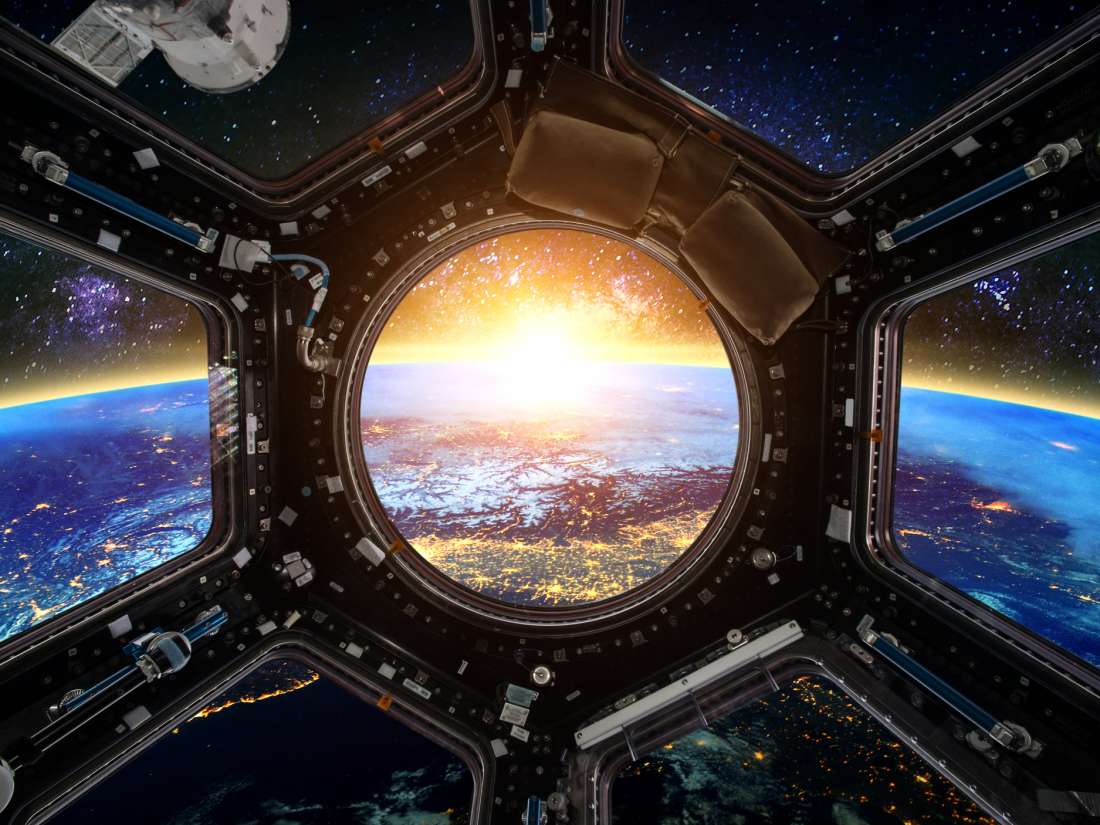SpaceX president and COO Gwynne Shotwell says the company will put humans on Mars within a decade because we need a backup planet.


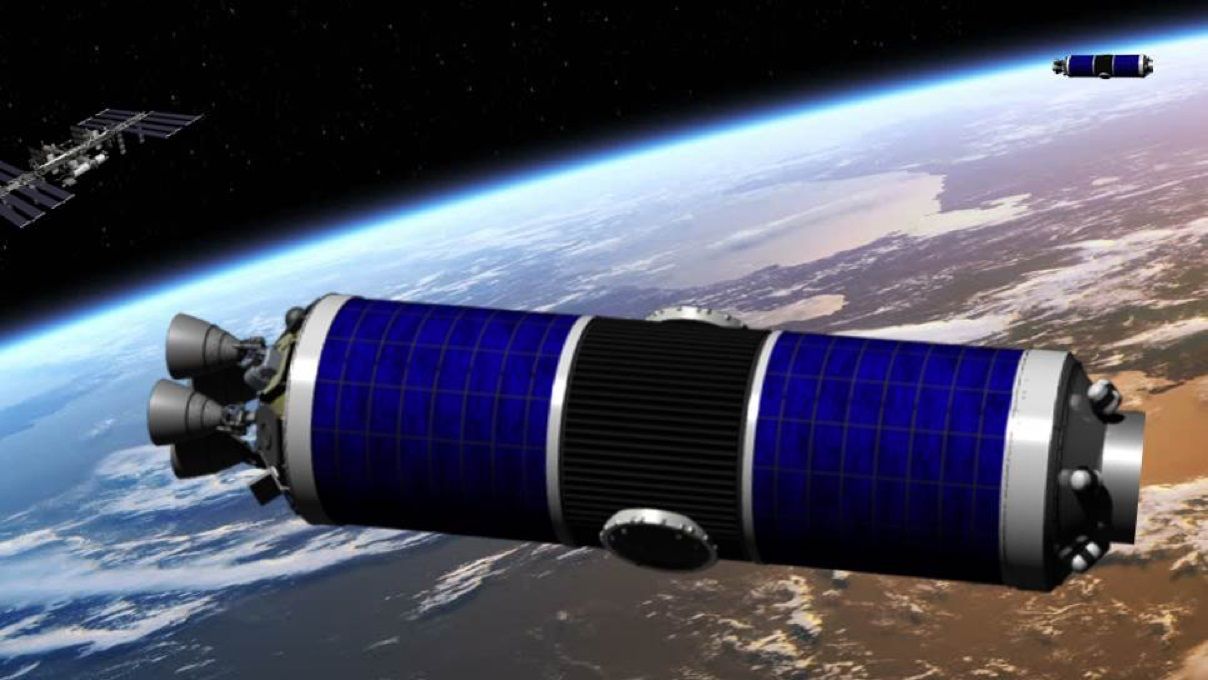
SpaceX’s CEO feeds the hype for a new rocket with a photo showing a gigantic tool that will be used as a mold to create the spaceship’s body.
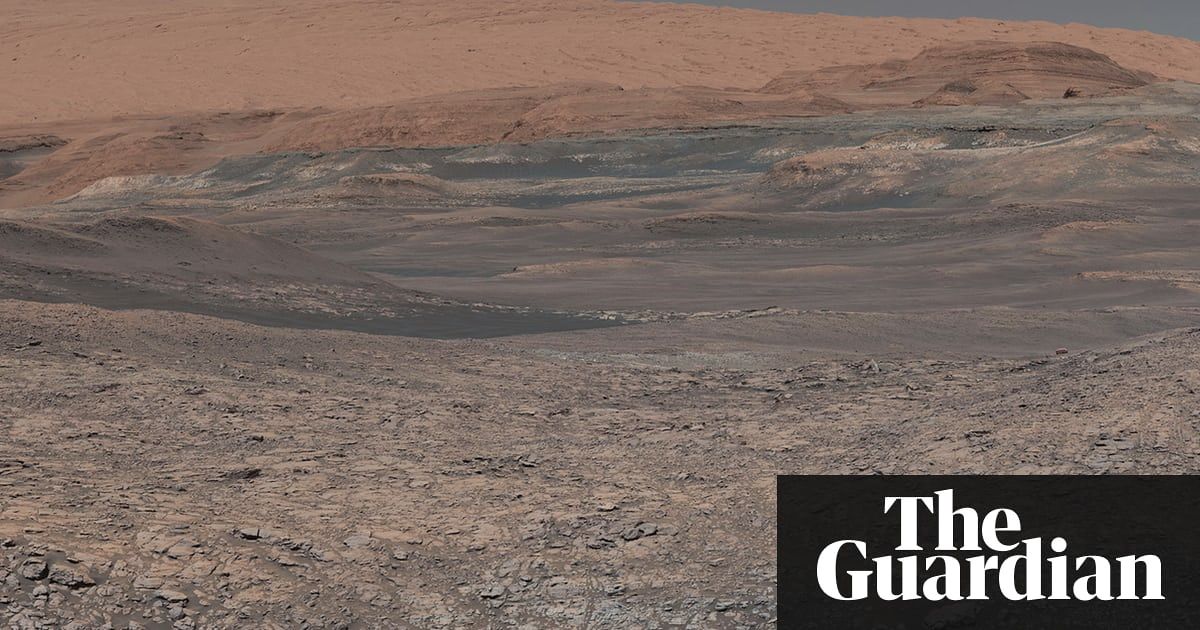
Researchers and scientists say new discoveries and drug creation could be beneficial to future astronauts on deep space missions.
SpaceX has been streaming its launches illegally.
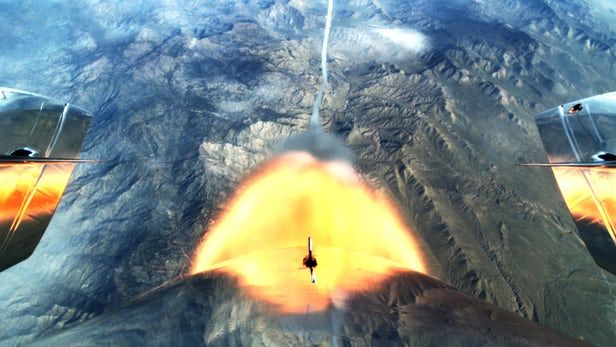
Virgin Galactic’s tourist-carrying spaceplane has taken a step closer to entering service after its chemical rocket engine was fired for the first time in the skies over the Sierra Nevada Mountains in California. With test pilots Mark “Forger” Stucky and Dave Mackay at the controls, the 60-ft-long (18 m) SpaceShipTwo VSS Unity pegged the speedometer at Mach 1.87 (1,424 mph, 2,290 km/h) within 30 seconds of igniting its engine.

The Google Lunar Xprize, a decade-long competition to put a privately funded spacecraft on the moon, may have come to an anticlimactic end but organizers aren’t conceding defeat just yet. They have today announced plans to re-launch the competition, though with no current sponsor to speak of teams could be competing for bragging rights only.
Launched in 2007, the Google Lunar XPrize tasked competing teams with getting a privately funded spacecraft to the Moon before having it travel 500 m (1,640 ft) and transmit HD video and images back to Earth. It offered up US$30 million in prizes, though these went unclaimed as organizers finally pulled the pin in January following several deadline extensions.
Google had funded the original Lunar XPrize but will be taking no part in the relaunched competition, which means that no cash is currently up for grabs. XPrize is now seeking a new title sponsor for the competition, who would get naming rights and be responsible for offering up prize money for the winners.
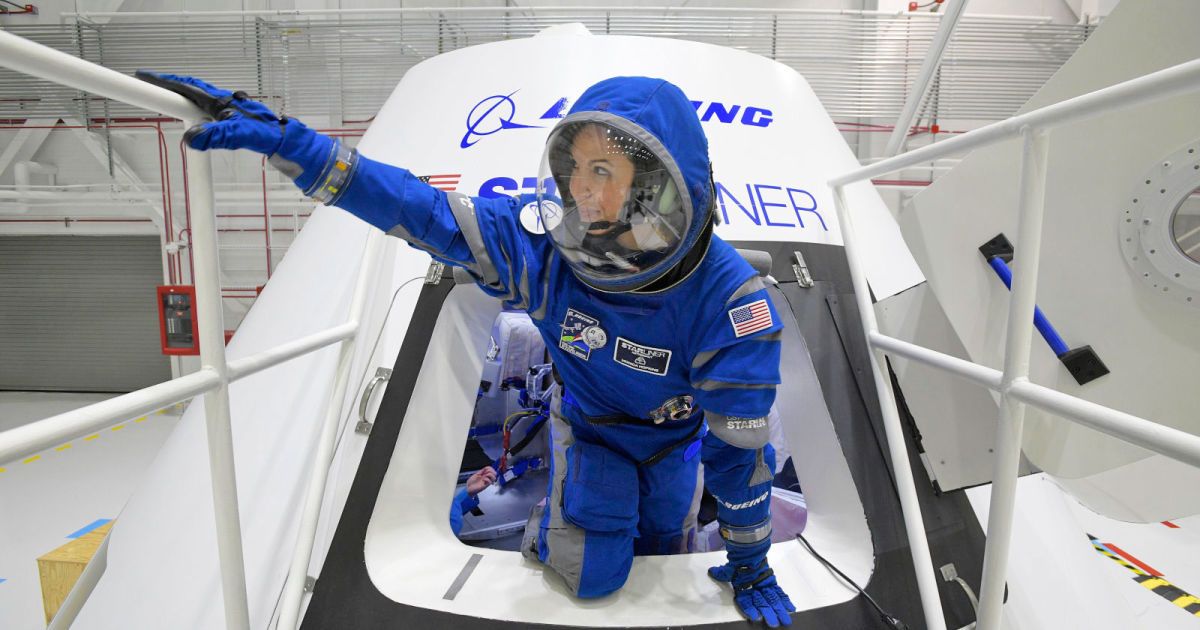
This week, NASA announced that it has updated its commercial crew contract with Boeing. Specifically, Boeing is one of two contractors that is building a crew vehicle that will eventually be able to carry astronauts to and from the International Space Station. The change surrounds its first test flight — including the option to extend the flight (from two weeks up to six months) and potentially adding a third crewmember. In other words, the first test flight wouldn’t be a test anymore.
This isn’t a huge surprise. Back in January, the GAO released a report that said that human flight certification of Boeing and SpaceX rockets would likely be delayed until the end of 2019. NASA currently has seats for astronauts on Russian Soyuz spacecraft through the fall of 2019. After that, well… Houston, we have a problem.
Russia doesn’t have any more Soyuz seats to offer us for purchase, so that leaves a significant gap between when we will need operational human spaceflight capabilities and when we will have them. The only solution is to use SpaceX and Boeing’s test flights as actual flights, in which we carry humans to and from the ISS, rather than as the test flights they were originally designed to be.
Mach Effect Gravity Assist (MEGA) drive propulsion is based on peer-reviewed, technically credible physics. Mach effects are transient variations in the rest masses of objects that simultaneously experience accelerations and internal energy changes. They are predicted by standard physics where Mach’s principle applies as discussed in peer-reviewed papers spanning 20 years and a recent book, Making Starships and Stargates: the Science of Interstellar Transport and Absurdly Benign Wormholes published in 2013 by Springer-Verlag.
Above – Graphic depiction of Mach Effect for in-space propulsion: Interstellar mission Credits: J. Woodward.
